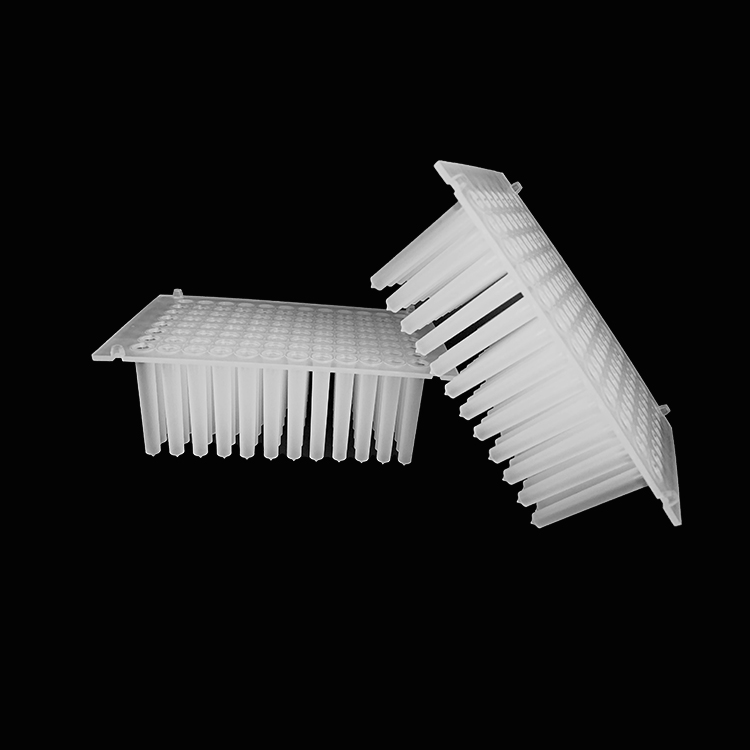In order to perform the treatment of steel drum surface treatment wastewater, we must first analyze the hazardous substances contained in the laboratory wastewater in order to determine which method to use for comprehensive treatment.
The type of waste water discharged from the steel drum surface treatment process is waste water for degreasing, pickling, phosphating, etc., and circulating water for flushing. Its main components are acid, alkali and heavy metal salts. The sewage is different depending on the kind and concentration of the treatment used, so the degree of pollution to the environment is not exactly the same.
Most of the waste water from the surface treatment of steel drums is contaminated water containing both inorganic matter and organic matter. It is difficult to control the wastewater, and comprehensive treatment methods should be adopted.
Under normal circumstances, there are three major types of treatment methods for steel drum surface treatment wastewater. That is, physical, chemical, and biological methods.
Physical processing methods include:
Precipitation method: The precipitated material is separated according to gravity.
Filtration: The suspension is separated from the filtrate with a porous material.
Heat treatment: Concentration, drying and burning.
Aeration: Ventilation oxidizes reducing substances.
Adsorption: Adsorption of harmful substances, pigments, etc. with activated carbon or other adsorptive substances.
Floating method: Use of air bubbles and solid particle adhesion.
Membrane separation method: Use ultrafiltration and reverse osmosis to reduce the concentration of pollutants.
Chemical treatment methods include:
Neutralization method: neutralization with acid and alkali.
Oxidation-reduction method: oxidation reduction with sodium sulfite, air, oxygen, etc.
Drug treatment method; use flocculants to separate solid and liquid.
Ion exchange method: Ion exchange resin is used for ion exchange to treat wastewater containing heavy metals.
Biological treatment methods include:
Drain water filter bed method: Long-term exposure to biological decomposition.
Anaerobic Biological Treatment: Anaerobic bacteria decompose organic matter.
As an industrial company, under normal circumstances will not invest too much effort here, so steel barrels companies in the treatment of their own industrial wastewater, most of the chemical methods used for comprehensive management.
These tip combs are for use with the Pharma KingFisher Flex 96 Deep-Well Head Magnetic Particle Processor or MagMAX Express-96 Deep-Well Magnetic Particle Processor in combination with PrepSEQ ResDNA kits and ProteinSEQ kits.
Optimize performance using KingFisher Flex System consumables designed specifically for use with these instruments. KingFisher Flex disposable plastics (tip combs and microplates) are made of polypropylene and are ideal for magnetic particle processing because of their low binding affinity for biomolecules. Their special design enables excellent recovery of magnetic beads.
The tip combs are made of PP material, they can be used with 2.2ml square well V bottom and 0.5ml elution plates for the system KINGFISHER FLEX. The tip combs could suffer centrifuge 3000-4000 and don't change the original shape. The products are suitable for the standard ANSI and multi-channel Pipette Tips machnie and automatic equipment. We could accept OEM/ODM.
For use with Viral RNA extraction, DNA extraction, RNA/DNA quantification, immunopreciptitations and many more KingFisherâ„¢ applications
good chemical and physical resistance: e.g. phenols, chloroform, DMSO and temperatures as low as -80°C/-112°F

Tip Comb,Tip Comb Plate,Kingfisher Tip Comb,Tip Comb Kingfisher,Magnetic Tip Comb,8-Strip Tip Comb
Yong Yue Medical Technology(Kunshan) Co.,Ltd , https://www.yypcr.com
![<?echo $_SERVER['SERVER_NAME'];?>](/template/twentyseventeen/skin/images/header.jpg)